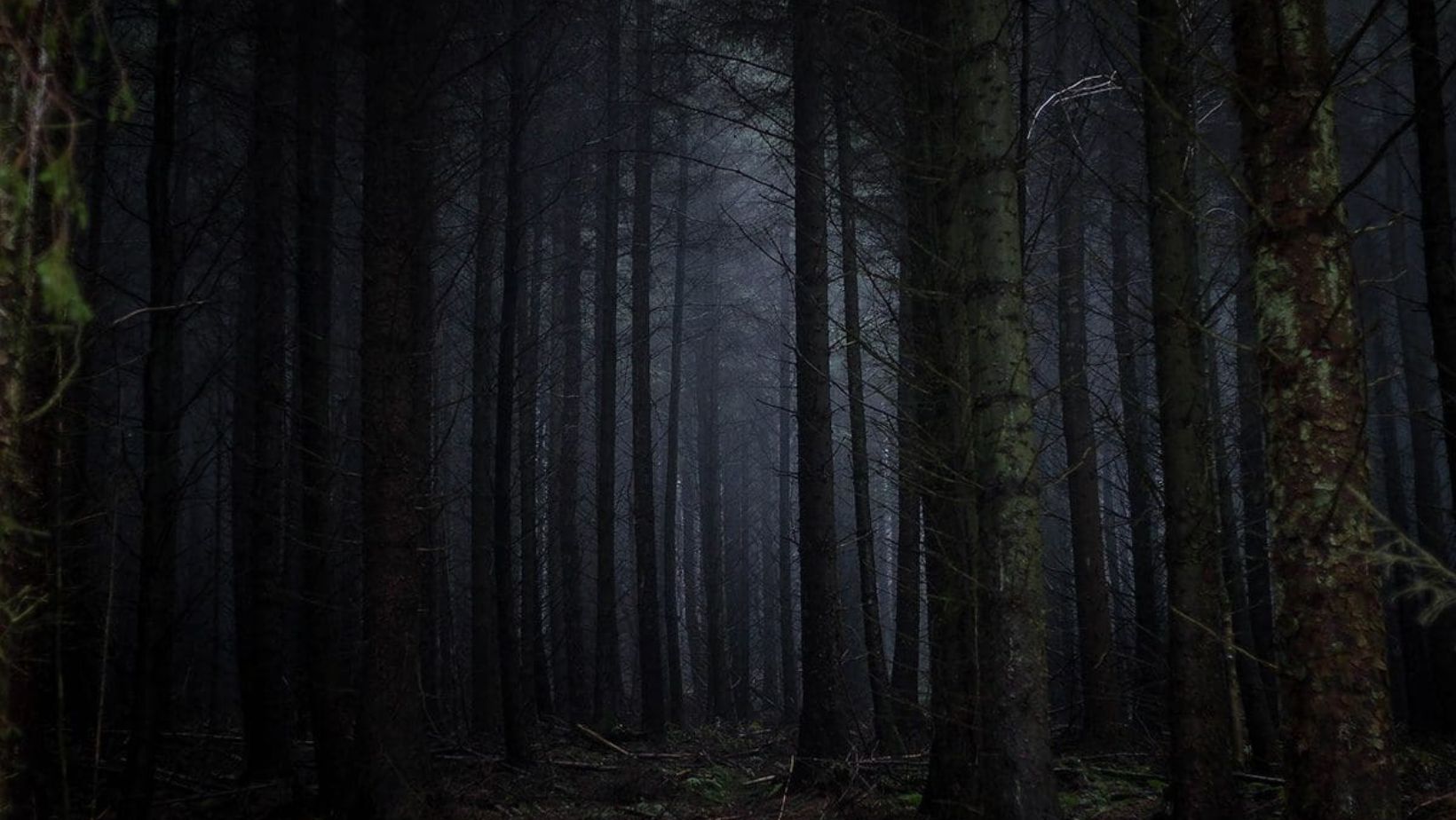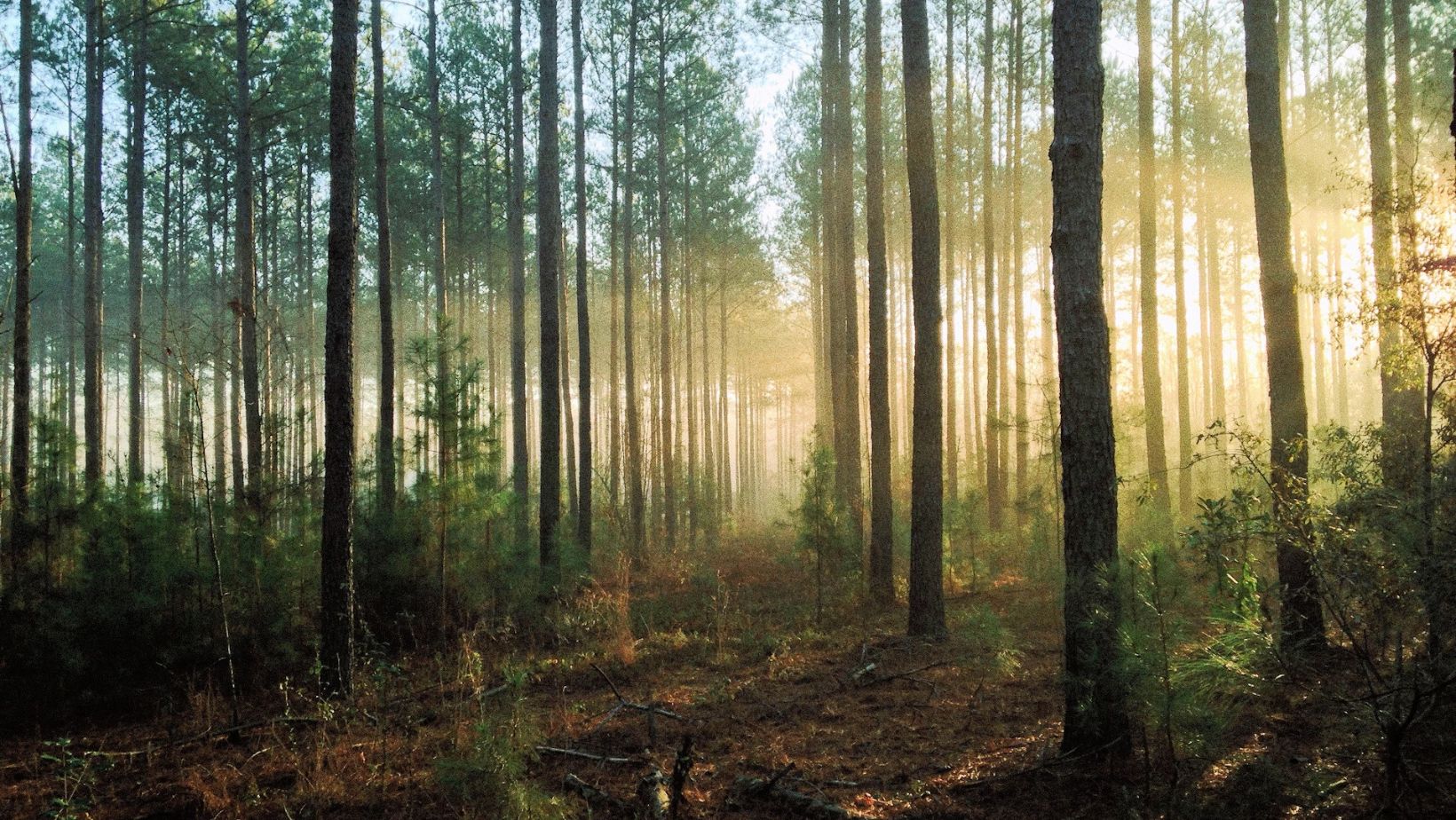The Black Forest, or Schwarzwald, is a place steeped in mystery and enchantment. Located in southwestern Germany, this dense, ancient woodland has long captivated imaginations. Its towering trees, hidden valleys, and misty hills are not just a natural wonder but also a cornerstone of German folklore and culture. Legends of witches, mythical creatures, and secret paths have been passed down through generations, making it a symbol of mystery. From fairy tales to modern adventures, the Black Forest invites you to step into a world where nature and myth blend seamlessly. Let’s explore the heart of this enchanting region.
A Rich Tapestry of History and Folklore

The Black Forest, located in southwestern Germany, is a region rich in both history and folklore. This dense forest has been a significant part of the local culture for centuries, influencing art, literature, and mythology. Historically, it served as a strategic location for medieval kingdoms and played a role in various wars and conflicts. The region’s remote nature also made it a place of refuge and mystery.
In folklore, the Black Forest is home to numerous mythical creatures and legends. Stories of spirits, witches, and enchanted beings are deeply rooted in the forest’s dark, towering trees. These tales have been passed down through generations, shaping the identity of the region.
The Black Forest’s history is marked by its importance in the timber trade, which helped fuel the local economy for centuries. Its landscapes have inspired countless artists and writers, including the Brothers Grimm, who famously collected folk tales from the area. The forest’s blend of historical significance and mythical allure continues to captivate visitors and storytellers alike.
The Forest’s Natural Beauty: A Sanctuary of Flora and Fauna
The Black Forest, located in southwestern Germany, is a natural sanctuary teeming with biodiversity. Its dense woodlands and varied terrain create a unique ecosystem that supports a wide range of plant and animal species. Moss-covered rocks and clear streams add to the forest’s enchanting beauty.
The Black Forest’s biodiversity is remarkable. It hosts over 10,000 plant species, including rare orchids and ferns, which thrive in its varied habitats. Animal species like deer, wild boar, and foxes roam freely, while birds such as woodpeckers and owls nest in its tall trees. The forest is also a critical habitat for many invertebrates, fungi, and amphibians.
This ecological richness is maintained by the forest’s varied climate, ranging from cool, misty mornings to sunny afternoons. The diversity of the terrain, from steep valleys to flat plateaus, further contributes to the complex web of life. Together, these factors make the Black Forest a true sanctuary, preserving rare species and offering a glimpse into nature’s untouched beauty.
The Black Forest’s Role in German Literature and Fairy Tales
The Black Forest has played a significant role in shaping German literature and fairy tales, inspiring many famous writers, particularly the Brothers Grimm. Known for its dense woods, mysterious atmosphere, and folklore, it became a backdrop for numerous fairy tales. The Grimm brothers, Jacob and Wilhelm, were drawn to the region’s rich traditions and stories, often incorporating elements of the Black Forest into their works. Tales such as “Hansel and Gretel” reflect the forest’s dark, magical nature.
The forest’s remote, untamed landscape created the perfect setting for stories of adventure and danger. It symbolized both the unknown and the supernatural, where characters encountered both enchantments and peril. Many of the Grimm tales feature forests as places where protagonists face trials that test their courage and morality. This connection between the forest and the human experience has made the Black Forest a powerful influence in German storytelling.
In addition to the Grimm brothers, other writers also explored the mysterious elements of the Black Forest in their works. The forest’s symbolic role in German literature continues to influence contemporary authors and storytellers, ensuring its lasting impact. Today, it remains a symbol of Germany’s rich cultural heritage and a testament to the power of nature in shaping narrative traditions.
Mythical Creatures and Legends: Spirits of the Forest
Forests have long been shrouded in mystery, giving rise to a variety of mythical creatures and legends. In many cultures, these forests are believed to be inhabited by spirits, each with unique powers and roles. Some of the most famous beings are forest spirits, often depicted as guardians of nature, capable of both protecting and punishing those who enter their domain.
Witches also play a central role in these legends, often seen as living in seclusion within the forest. In European folklore, witches are sometimes depicted as having a deep connection with nature, using their magic to influence the environment around them. In other cultures, forest-dwelling witches are thought to possess ancient wisdom and powers to communicate with the spirits of the forest.
Other creatures, like the Japanese Tengu or the Slavic Leshy, are often described as shape-shifters who can appear as animals or humans. These beings are said to possess the ability to deceive, trick, or even protect travelers who venture into the forest. The legends surrounding them serve as warnings or lessons about respecting the balance of nature.
The Black Forest and its Connection to Germanic Paganism
The Black Forest, located in southwestern Germany, has long been associated with Germanic paganism and mythology. Dense, dark, and mysterious, the forest was believed to be a realm inhabited by spirits, gods, and mythical creatures. Ancient Germanic tribes considered the forest a sacred space, often holding rituals and ceremonies in its depths. The towering trees and shadowy groves provided a connection to the spiritual world, where people sought guidance and protection.
In Germanic paganism, the Black Forest was often linked to deities like the woodland god, Silvanus, and other nature spirits. It was believed that these beings resided in the forest’s untamed wilderness, where humans could commune with the divine. This reverence for nature is a hallmark of Germanic beliefs, where sacred groves were places of worship and offerings. The forest also served as a setting for many legends, such as those of the Wild Hunt, where spectral riders roamed the woods.
Today, the Black Forest continues to be a symbol of Germanic heritage, drawing visitors who seek to explore its natural beauty and ancient connections to mythology. Its deep, mist-filled woods are a reminder of a time when nature and spirituality were deeply intertwined. The forest’s enduring mystique keeps the ancient pagan traditions alive in the collective memory.
The Enigmatic Black Forest Villages: Tranquil and Timeless

The Black Forest in Germany is home to charming villages that offer a glimpse into a simpler, timeless way of life. These quaint settlements are tucked among dense trees and rolling hills, making them perfect destinations for those seeking peace and tranquility. With cobblestone streets, traditional wooden houses, and flower-filled window boxes, these villages seem to have stepped out of a fairy tale. Visitors are often drawn to the serene atmosphere and the opportunity to experience rural life in its most authentic form.
Many of these villages, like Triberg and Gengenbach, are steeped in history and culture. The locals still practice ancient traditions, such as wood carving and clockmaking, which have been passed down through generations. The region’s famous cuckoo clocks, a beloved souvenir, are a testament to the craftsmanship found in these communities. Walking through these villages feels like stepping back in time, with every corner telling a story of the past.
The surrounding landscape is equally enchanting, with lush forests, tranquil lakes, and scenic hiking trails. This natural beauty enhances the villages’ peaceful ambiance, offering a perfect escape from modern life. The Black Forest villages are timeless, providing a unique opportunity to experience history, culture, and nature in one place.
Hiking Trails: Walking Through History and Myth
Hiking trails offer more than just a physical journey; they are pathways to the past, rich in history and myth. Many trails are located near ancient landmarks, and exploring them allows hikers to connect with centuries-old stories. For example, the Inca Trail in Peru leads to the legendary Machu Picchu, a site steeped in history and spiritual significance. This trail follows a path once used by the Incas, offering views of their advanced architecture and breathtaking landscapes.
In Greece, the Samaria Gorge in Crete takes hikers through a route tied to ancient Greek myths. It is believed to be the home of the wild goats known as “kri-kri,” and the gorge is also linked to the god Zeus. Another notable hike is the Camino de Santiago in Spain, a pilgrimage route that has been walked for over a thousand years. This trail leads to the shrine of St. James, a place steeped in Christian history and legend.
These trails combine nature with stories that have shaped civilizations. Whether exploring ruins, following ancient paths, or encountering natural wonders, hiking offers a unique way to experience history and myth up close.
The Forest’s Influence on Modern German Culture
The Black Forest, located in southwestern Germany, has had a lasting influence on modern German culture. Its dense woods, misty atmosphere, and folklore have inspired countless works of art, literature, and music. The forest’s enchanting beauty is often reflected in the works of famous composers like Johann Sebastian Bach and writers such as Hermann Hesse, who drew from its landscapes in their creations. Today, this region still plays a key role in Germany’s cultural identity.
In tourism, the Black Forest attracts millions of visitors each year. People come to explore its scenic hiking trails, charming villages, and historic sites. The area’s folklore, including stories of fairies, witches, and mythical creatures, also draws interest, with festivals and events celebrating these legends. The forest continues to influence local craftsmanship, such as the world-famous cuckoo clocks made in the region.
Modern artists and filmmakers still look to the Black Forest for inspiration. Its mysterious and tranquil setting provides a backdrop for various films, photography, and visual art. The forest’s ability to blend natural beauty with a sense of the supernatural ensures its ongoing relevance in Germany’s artistic and cultural landscape.
Conservation and Sustainability Efforts in the Black Forest

The Black Forest, located in southwestern Germany, is a region rich in natural beauty and cultural history. Efforts to conserve and sustain this unique landscape are critical to preserving its biodiversity and heritage. One of the key initiatives is the establishment of nature reserves and protected areas, which help safeguard rare species and delicate ecosystems. The region’s forests, home to a variety of flora and fauna, are also monitored through sustainable forestry practices to ensure long-term health.
In addition to environmental conservation, cultural heritage plays a major role in the Black Forest’s preservation. Local organizations and government bodies work to protect historical landmarks, such as ancient villages and traditional architecture, which reflect the region’s rich cultural history. Sustainable tourism is also promoted, with visitors encouraged to explore the area in ways that minimize environmental impact. This includes eco-friendly accommodations, hiking, and cycling routes designed to maintain the forest’s integrity.
Collaborations between conservationists, local communities, and authorities continue to strengthen these efforts. Education programs raise awareness about the importance of protecting the forest and its heritage. As a result, the Black Forest remains a symbol of environmental and cultural sustainability, with ongoing efforts ensuring its preservation for future generations.
Conclusion: Black Forest
The Black Forest continues to captivate with its deep historical roots and enchanting landscapes. Steeped in myths and legends, it has shaped local culture for centuries, inspiring countless stories of magic and mystery. In modern times, the forest serves as a symbol of natural beauty and resilience, drawing visitors and nature enthusiasts worldwide. Its ecological significance and role in preserving biodiversity also highlight its importance today. The Black Forest remains a timeless treasure, blending history, folklore, and environmental importance, ensuring its place as a mystical and vital part of both past and present narratives.
FAQs
What makes the Black Forest so mysterious and enchanting?
The Black Forest’s dense, dark woodlands, misty atmosphere, and folklore contribute to its mysterious allure. Legends of fairies, ghosts, and ancient spirits have been passed down through generations, making it a place that feels both magical and timeless.
How did the Black Forest get its name?
The Black Forest is named after its dense tree cover, primarily consisting of dark, towering fir and pine trees. The thick canopy prevents sunlight from fully reaching the forest floor, creating a shadowy, “black” appearance.
What are some of the unique wildlife species found in the Black Forest?
The Black Forest is home to a variety of wildlife, including red deer, wild boar, and various bird species like the black woodpecker and golden eagle. The region also features numerous insects and plants, many of which are rare or endemic to the area.
What are some popular hiking trails in the Black Forest?
The Black Forest offers many scenic hiking trails, including the famous Westweg, a long-distance trail that stretches over 280 kilometers from Pforzheim to Basel. The region also offers shorter routes, such as the trail to the Triberg Waterfalls and the trails around Lake Titisee.
What role did the Black Forest play in German folklore and mythology?
The Black Forest is rich in German folklore, with stories of witches, goblins, and forest spirits like the “Kobolds.” It is also the setting for numerous fairy tales, including those by the Brothers Grimm, such as “Hansel and Gretel” and “The Robber Bridegroom.”

